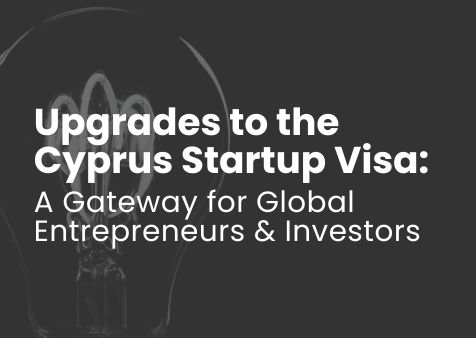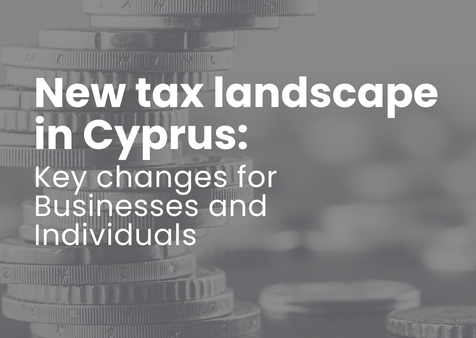The Cyprus IP Tax Regime offers multiple benefits to businesses. Under certain conditions businesses could reduce their tax on gross income derived from an intangible asset by 80% (after deduction of direct costs and amortisation over five years). This could result in an effective tax rate of 2.5% or lower!
An IP asset must fall within the definition of a Qualifying Asset (QA) in order to enjoy the benefits of the Cyprus IP Box.
Under the IP Box Regime, a QA is:
- an asset that was acquired, developed or exploited in the course of carrying out a business, which is the result of research and development and includes intangible assets for which only economic ownership exists (R&D).
- any other IP asset that can be legally non-obvious, useful and novel , which was exploited by a person (natural or legal) in the course of a business not earning more than Euro 7.5 million per year in gross revenue or Euro 50 million in case of a group of companies which are certified as such by an Appropriate Authority in Cyprus or abroad.
- utility models, intellectual property assets which provide protection to plants and genetic material, orphan drug designations and extensions of protections for patents.
- business names (including brands), trademarks, image rights and other intellectual property rights used to market products and services are not considered as qualifying intangible assets anymore.
The benefits that may arise from the IP Box Regime shall also be granted when there is a sufficient nexus connection between the development of the IP and the specific company and jurisdiction.
Qualifying Profits (QP) are calculated from the usage of the following formula:
- QI * (QE + UE)/OE
Where: QI: Income derived from the QA
QE: Qualifying Expenditure on the QA
UE: Uplift Expenditure on the QA
OE: Overall Expenditure on the QA
The QE consists the total R&D incurred in any tax year, which is wholly, exclusively and directly relating to the development of the QA.
QE includes, but is not limited to, the following:
- wages and salaries;
- direct costs;
- general expenses relating to installations used for research and development;
- expenses for supplies related to research and development activities;
- costs associated with research and development that has been outsourced to non-related persons
but do not include:
- cost for the acquisition of intangible assets;
- interest paid or payable;
- costs relating to the acquisition or construction of immovable property;
- amounts paid or payable directly or indirectly to a related person to conduct research and development activities, regardless of whether these amounts relate to cost sharing agreement;
- costs which cannot be proved directly connected to a specific eligible intangible asset.
The UE is the lower of 30% of the qualifying expenditure or the aggregate of acquisition costs of the IP and the total outsourcing costs to connected persons.
The “nexus approach” limits application of the IP box regime if research and development (R&D) is being outsourced to related parties. The approach links the benefits of the regime with the R&D expenses incurred by the taxpayer.
As mentioned in the beginning, 80% deemed expense deduction will be provided for qualifying profits in relation to a QΑ. A taxpayer may elect not to claim the deduction or only claim a part of it. As in the case of a resulting loss, only 20% of the loss can be surrendered to other group companies or be carried forward to subsequent years.


